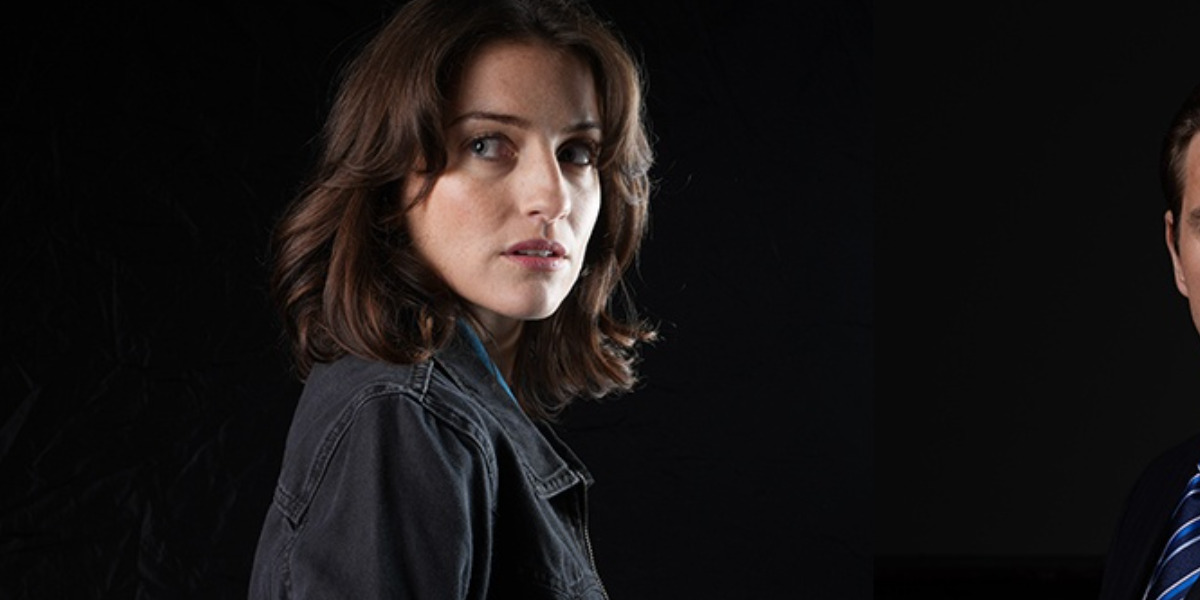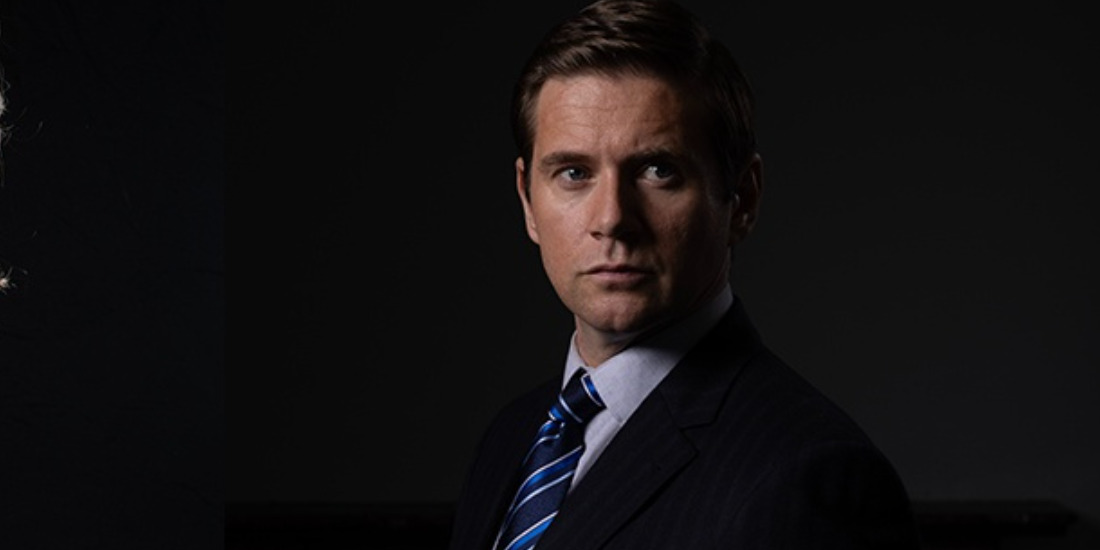Set in Ireland during the mid-90s, ‘The Vanishing Triangle’ is a crime show that follows a rogue reporter’s bold endeavor of solving a murder from almost two decades ago after similar cases start popping up around the area. When Lisa Wallace was a child, she saw some depraved killer brutally murder her mother, Janice. Years later, while the perpetrator remains uncaught, he sends Lisa an anonymous message around the same time a young woman, Amy Reynolds, goes missing. Yet, when the Police continue to disregard the possible connection between the two cases, Lisa decides to take matters into her own hands and sleuths around for clues.
Although not a biographical retelling, the show has roots in a real-life instance where a string of women, believed to be connected to each other, went missing in Ireland. As such, Lisa Wallace, the investigative journalist, and Amy Reynolds, whose case jumpstarts the show’s events, become inevitable sources of intrigue regarding the show’s connection to reality. If you’re intrigued by the same, here’s what you need to know!
Lisa Wallace and Amy Reynolds, Fictional Characters
No, Lisa Wallace is not based on a real-life reporter. Similarly, neither is Amy Reynolds based on a real-life missing person. ‘The Vanishing Triangle’ is written by Ivan Kavanagh and co-writer Sally Tatchell, who employed a fictional lens over the real-life crimes that took place in 80s-90s Ireland, in an area dubbed “Ireland’s Vanishing Triangle.” As a result, the show charts authentic waters and draws heavily from reality without infringing on any victims or their family members’ personal lives.

Furthermore, the same allows the narrative to retain a certain creative freedom that helps the show remain in line with its thematic and textual ideas. For instance, the show delves into several issues that are relevant to real life, especially in the case of crimes against women and the authorities’ often consistent disregard for the same.
When Amy Reynolds first goes missing, her family, sister Susan & mother Frances, immediately respond and reach out to their local police station for help. Nevertheless, the cops turn them away. According to Claire McGowan, a crime novelist who explored the real-life case of missing Irish women in her book, ‘The Vanishing Triangle,’ such a phenomenon was commonplace at the time.
In a conversation with the Daily Mail, McGowen discussed her experience while researching her book and divulged how officers were quick to “make assumptions about the [missing] women’s sexual behavior” in an attempt to dismiss their case. “There was definitely judgment, and a few of the retired officers I spoke to did explicitly say that to me, there was a certain amount of judgment made about, she’s that kind of girl, she’s that kind of woman,” said the author.
As such, by highlighting a similar reaction in the show following Amy’s disappearance, the narrative makes a statement about the real-life misogyny that plagues numerous justice systems even to this day. Likewise, the victim’s class status, sexuality, and other social factors become unnecessary roadblocks in criminal investigations. In that regard, the show maintains a glaring parallel to reality within Amy’s story. However, there are hardly any similarities between the show’s character and any specific real-life cases from Ireland’s Vanishing Triangle.
Even Annie McCarrick’s disappearance, whose missing person case became the first instance of the historical potentially related disappearances, possessed different details, disconnecting any ties Amy’s fictional storyline might have had with her. As for Lisa Wallace, her character is entirely a product of the show’s fictionality and serves only to helm the narrative.
Yet, Lisa’s contribution to the plot remains instrumental since her storylines highlight the authorities’ disregard or disinterest in the in-universe missing women’s cases. Therefore, Lisa Wallace and Amy Reynolds both occupy significant spaces within this real-life-inspired show and inform much of the narrative’s sense of realism. However, outside of the same, neither character has a tangible connection to any real-life people.
Read More: Best Crime Movies on HBO Max


You must be logged in to post a comment.